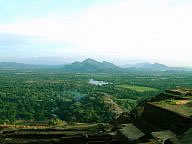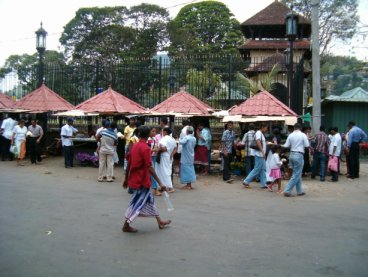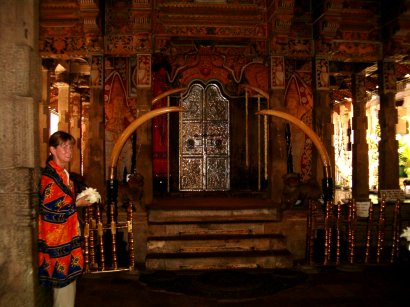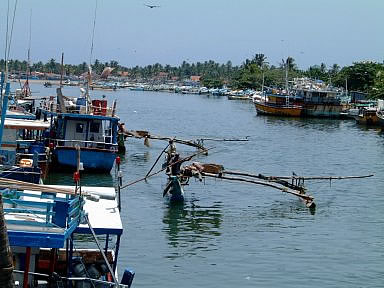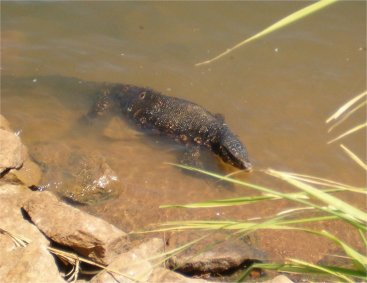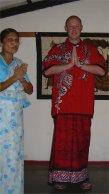
Places to visit
| ||
|---|---|---|
The Cultural Triangle – Sigiriya/Anuradhapura/Polonnaruwa (Click to see map on example tour page) Anuradhapura It was the most important of the ancient cities, yet due to the length of time passed since its downfall this can be difficult to comprehend for today’s visitor.
Rock cave Temple – Dambulla Sigiriya
Elephant Orphanage – Pinnawela Visitors are permitted to walk around the orphanage grounds and watch some of the elephants being fed. At 10am and 2pm the elephants are taken to the river for 2 hours where they wash and play in the water. These incredibly gentle animals are fascinating to watch, and the surrounding palm trees provide a dramatic backdrop to this daily ritual.
Botanical Gardens – Kandy The Peradeniya Botanic gardens near Kandy is the largest botanical garden in Sri Lanka and covers 60 acres of land. Amongst many different types of plants, shrubs and trees you will find a fine collection of orchids, an avenue of Royal palms first planted in 1950 and a giant Javan fig tree on the great lawns, covering 1600 square metres. They are very beautiful and well worth a visit. Temple of the Tooth – Kandy
Ella – outstanding views Sri Lanka has a number of areas with beautiful views, and Ella has one of the best. The village can be found in a valley from where you can look straight through Ella Gap to the plain nearly 1000 metres below. There are plenty of walks in the area through tea plantations to a number of temples and waterfalls. Turtle conservation project/hatchery Five species of sea turtles lay eggs along the coasts of Sri Lanka. The hatcheries and conservation projects aim to increase the odds for a turtles survival. On a visit you will be able hear about the work they are doing, see turtles of varying ages and may even get the chance to hold one or two.
Tea Estate/factory Tea remains one of the main exports of Sri Lanka and is vital to their economy. If you want to see where a good strong cup of tea comes from make sure you visit one of the numerous tea factories to learn about the tea production form beginning to end. Colombo – sightseeing and shopping A very busy capital city with a colonial heritage and lots of things to see and do ranging from visiting historical sights, taking a trip to the Port, wandering round the shops or museums or paying a visit to the many churches, temples and mosques. Everything you would expect to find in any city including fine dining and good nights out. Lagoon & Canal boat trip A number of different boat trips can be organised, from a gentle sailing on a catamaran on the ocean, a boat to a lagoon or on the canals for sightseeing or if you want more excitement you can go canoeing or white water rafting.
Wildlife safari (see Wildlife page) There are a number of National parks where you can be taken out in a jeep in search of animals for examples wild elephants, leopards, crocodiles and deer. Catching sight of the animals can be a case of ‘if you are lucky’ so don’t be too disappointed if you don’t spot them all on your visit.
Batik factory Visiting a Batik factory is a wonderful opportunity to see the skill and hard work that goes into producing the sometimes beautiful pictures and items of clothing on sale in the shops. You will see the workers working with the material and producing a design, waxing, and dyeing sometimes quite elaborate patterns before boiling and drying the material before the whole process starts again.
Wood carving shop/factory A chance to visit the factory and see the types of woods used by the craftsmen, the natural dyes they use and the intricacy of some of the hand carving they undertake for example on items of furniture, ornaments. Read more about Sri Lanka by clicking here |
| |
| ||


